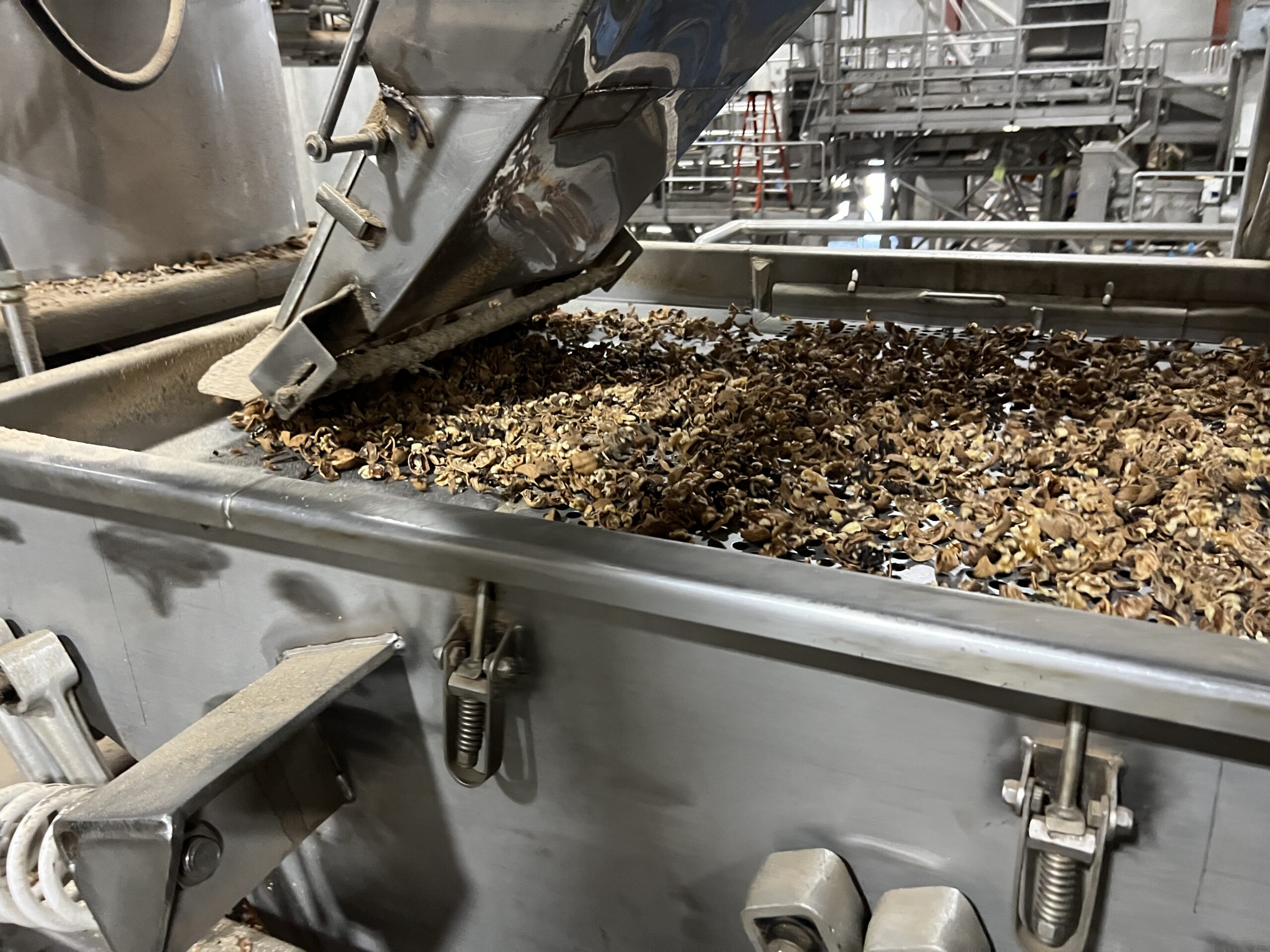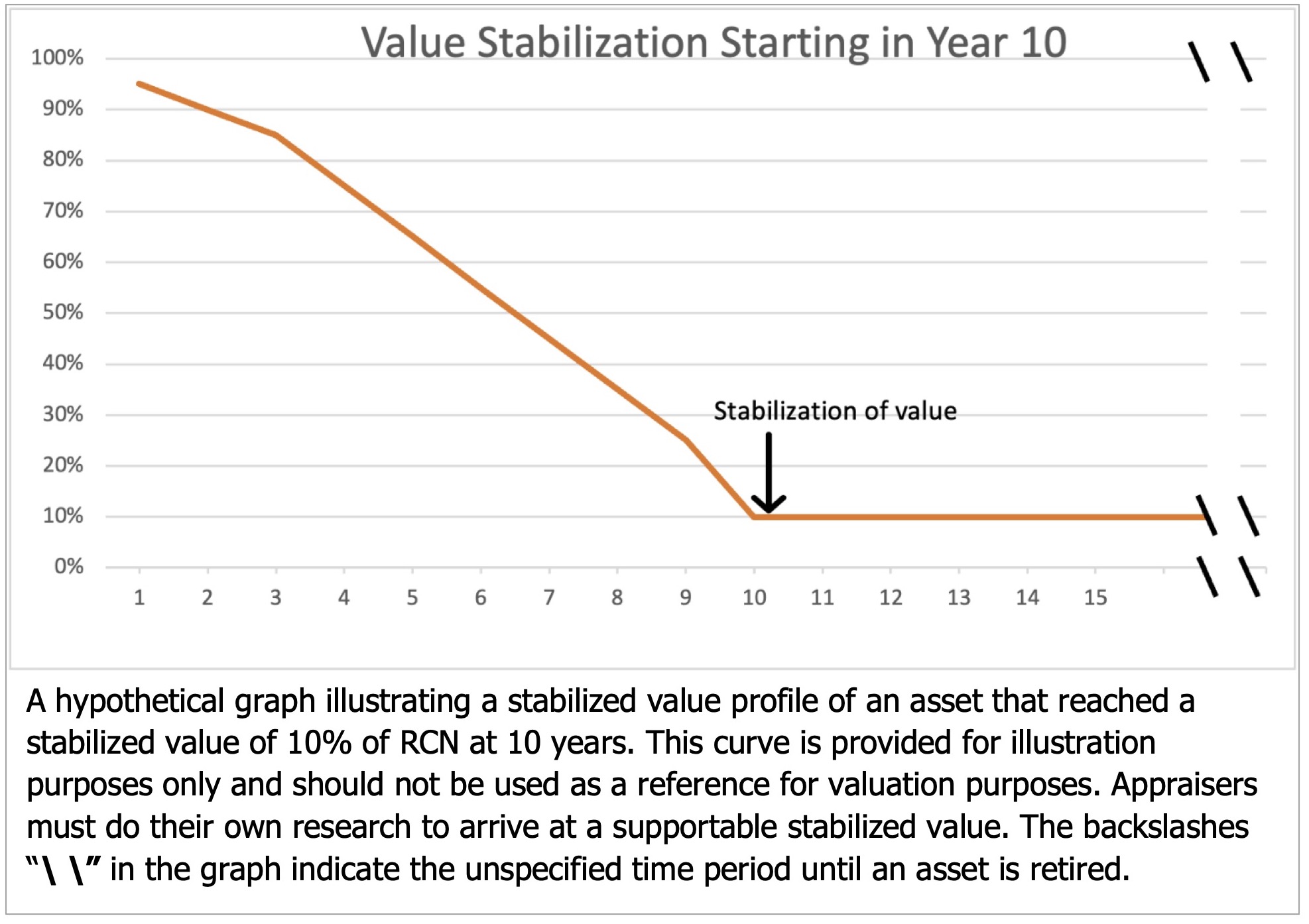
My appraisal review uncovered significant deficiencies in this report. From a litigation perspective, the most critical deficiency was that the report did not support its fair market value (FMV) conclusions with adequate evidence and explanation of the research and analysis used in the appraisal process.
Is the Appraisal Report Understandable & Credible?
One of the primary objectives in appraisal review is to determine if the work under review (WUR) is understandable and credible, particularly for the intended user. In many cases, appraisal review will reveal any critical flaws in the WUR’s evidence and methodology — flaws that in any legal context will undermine an appraisal report’s usefulness for retaining counsel and provide convenient material for opposing counsel.
The overall issue affecting the credibility of the value opinion in this case is the lack of sufficient evidence. Both the WUR and the related workfile fail to provide any market evidence or logic to support the opinion of value.
Attorneys involved in equipment valuation disputes may be interested in looking more closely at three specific issues of this case study.
Defining the Problem: A Major Oversight
The first step in any machinery and equipment appraisal report is to clearly define the appraisal problem that the report is attempting to solve. In litigation, this clarity is crucial for aligning the report with case strategy and ensuring its relevance and admissibility. Rather than providing this level of clarity, the WUR fails to identify essential elements like the intended use, intended user, and even the client. The report’s lack makes it difficult to understand. The intended user, and any attorneys involved, are left wondering what question the report is attempting to answer, whether the report answers the important question, and if an answer provided meets the client’s needs.
A well-defined appraisal problem is critical in litigation because it ensures that the appraisal conclusions are relevant to the case. Without insight into the appraisal problem, a report lacks direction and could be dismissed in court as irrelevant or incomplete.
Inadequate Research and Analysis: A Missed Opportunity
In any litigation involving machinery and equipment, the strength of the appraisal depends on the quality of its research and analysis. And the report itself must establish and confirm that quality. The WUR in this case study falls short. It references comparable sales from an auction database but fails to detail how the auction prices are adjusted to reflect FMV. Auction prices, typically liquidation values, tend to be lower than fair market value, and without clear, documented adjustments, the report’s conclusions are may not align with the what the court needs.
The WUR in this case lacks sufficient disclosure regarding the age and usage of the comparable sales, raising doubts about whether relevant market data was used in the analysis. Typically, reach lift stackers of this type in the U.S. marketplace are over 10 years old and heavily used. The higher-value assets listed in the WUR, however, are described as only 3 to 4 years old and in “excellent operating condition.” Without descriptions or discussions of the comparable sales used, the intended user cannot confidently assess whether the sales comparison approach reflects accurate and relevant market data for these assets.
Moreover, the WUR assigns identical values of $350,000 to all 2012 stackers, despite many stackers having significant differences in hour usage. For instance, three items show usage around 7,000 hours, while two items show usage about 2,500—a significant variance for items that typically run for 10,000 hours. This uniform valuation across assets with differing usage raises concerns about the reasonableness of the appraisal and suggests that the hour usage is not adequately considered in determining the value of the subject assets.
Violating Ethical and Record-Keeping Standards
To top it off, the related workfile lacks any market data to support the opinion of value.
Professional appraisers, and appraisal reviewers, are bound by ethical standards and strict record-keeping requirements. The Uniform Standards of Professional Appraisal Practice (USPAP) mandates that appraisers maintain a workfile with all documentation supporting their value conclusions. However, the appraiser of the WUR fails to include any supporting documents as required by both the Ethics Rule and the Record Keeping Rule of USPAP.
This omission raises significant concern for attorneys, as the absence of a complete workfile compromises the ability to verify the appraiser’s findings. In litigation, this could lead to the appraisal being disqualified, given little weight by the court, or even allow for an embarrassing Perry Mason moment in court for any expert defending such an appraisal report.
Reminders for Attorneys
From a legal perspective, this case highlights several critical takeaways for attorneys who rely on appraisals in litigation.
Is the Appraisal Problem Clearly Stated?
Ensure that the appraisal report clearly defines the appraisal problem, including the intended use and intended user. A poorly defined problem makes the report vulnerable to challenges.
Are Conclusions Adequately Supported?
The report must include thorough research and detailed explanations of how conclusions are reached. If adjustments to sales data or assumptions are made, they must be fully disclosed and explained to avoid questions about their validity.
Is the Report Compliant with Ethical Standards?
Appraisers must adhere to ethical and record-keeping standards. Missing documentation or failure to provide a complete workfile can lead to numerous problematic outcomes.
Appraisal Reviews Support Winning Litigation
This case serves as a reminder of how critical it is for appraisal reports used in litigation support to be reasonable, transparent, and in compliance with professional standards.
Attorneys whose cases involve appraisals should be vigilant in reviewing appraisal reports and engage professional appraisal review services to determine any deficiencies in the report.
While appraisal review is most commonly used by opposing council as an expert rebuttal that provides important information for their litigation strategy, review is also a critical tool for retaining counsel, who can benefit by learning of any deficiencies in an appraisal report before they become liabilities in court.
Jack Young, ASA—MTS/ARM, CPA
NorCal Valuation Inc.




